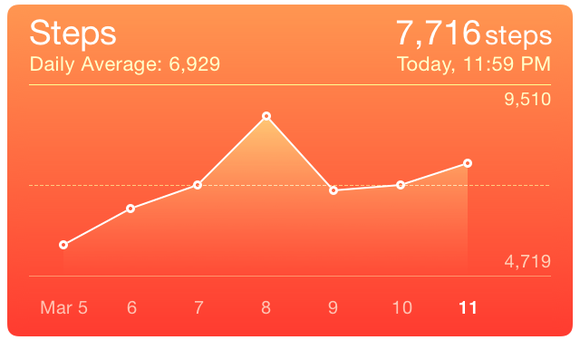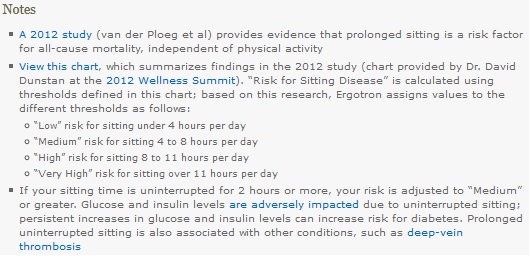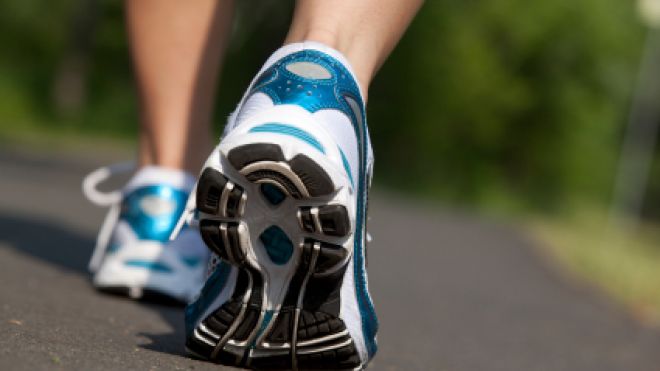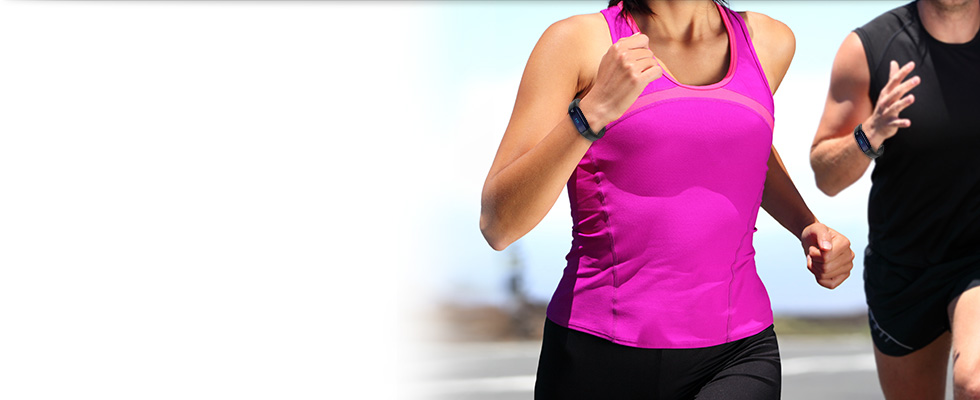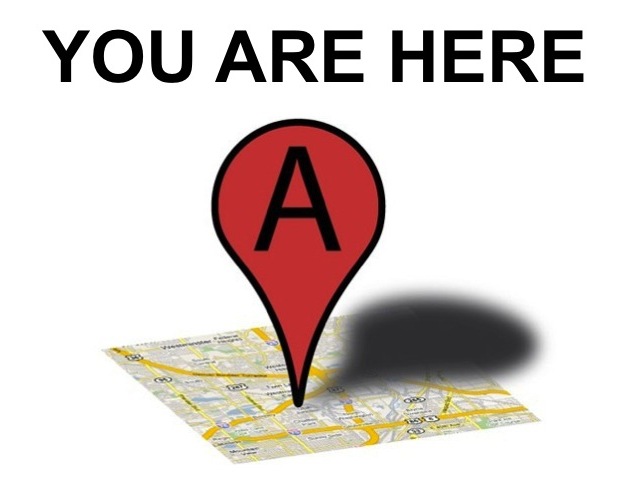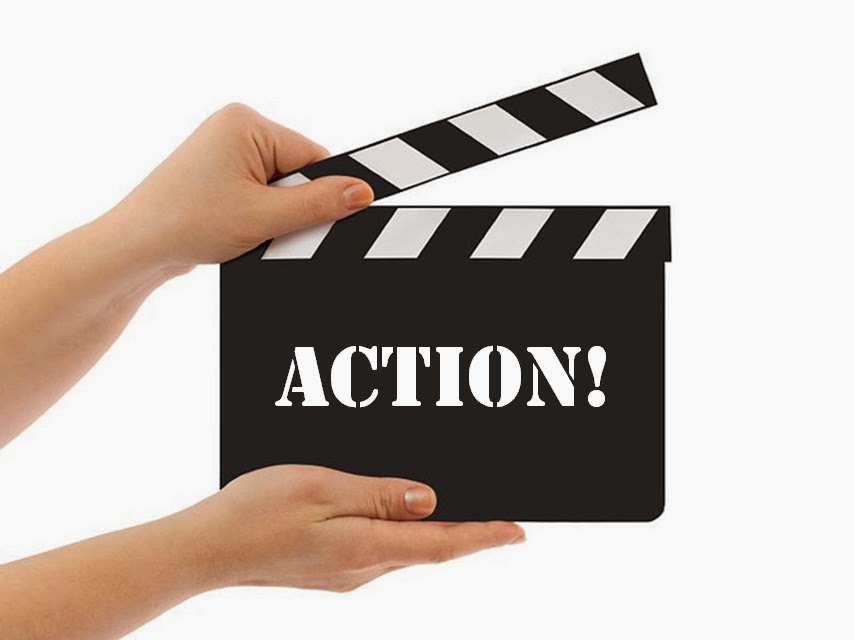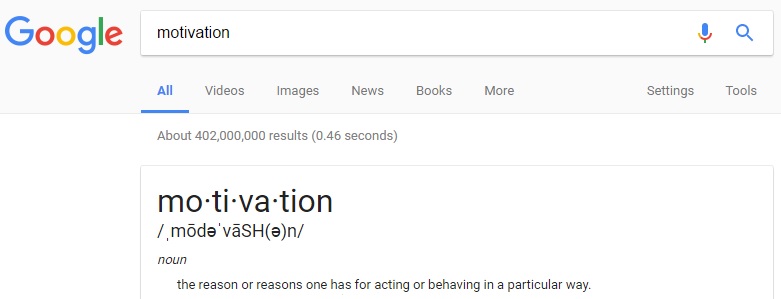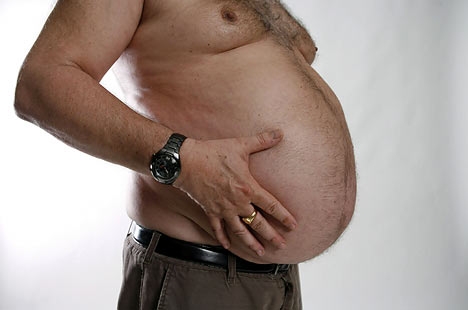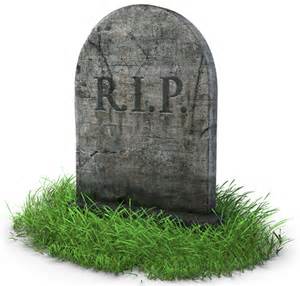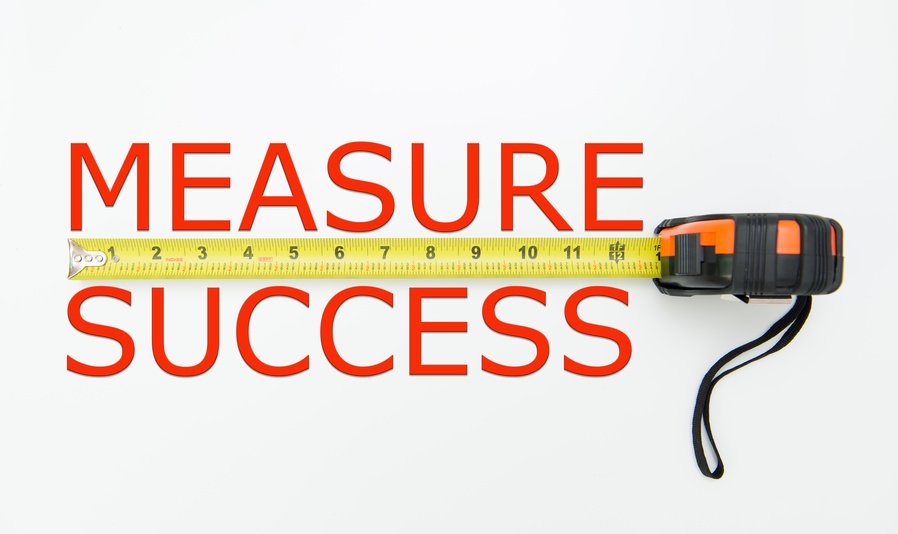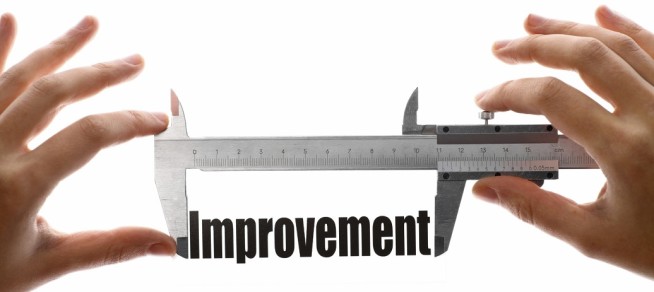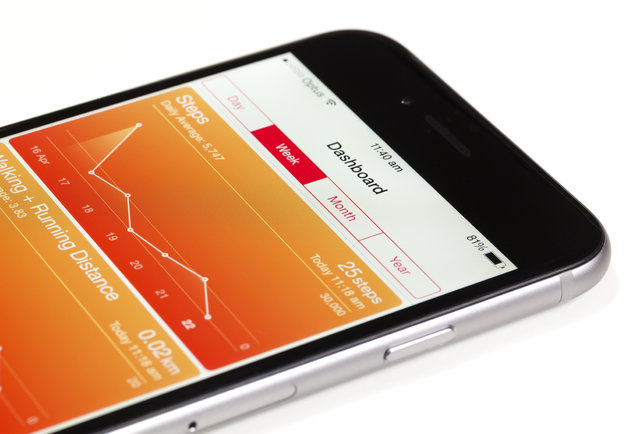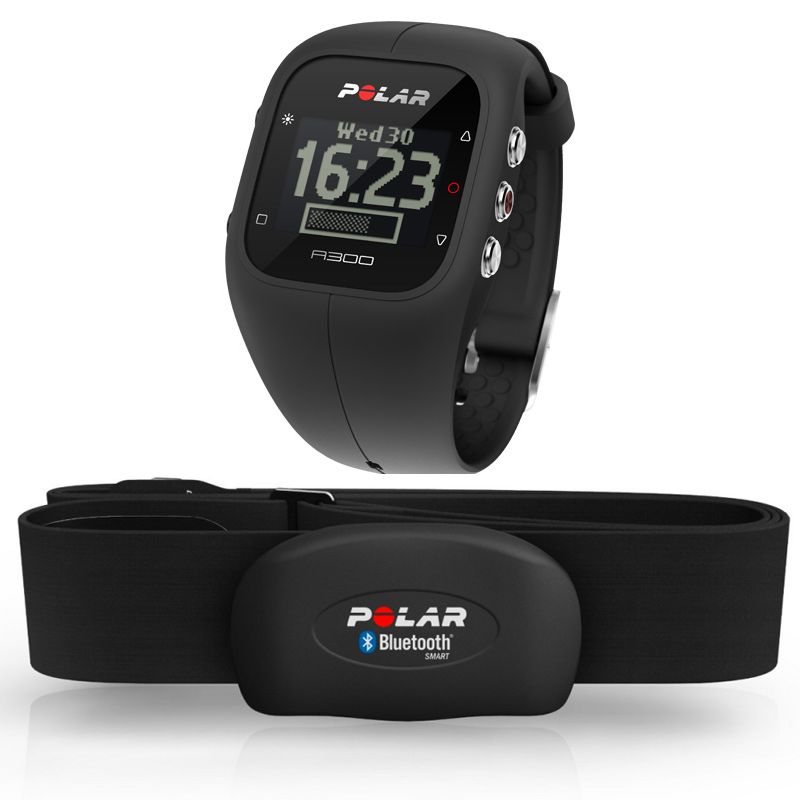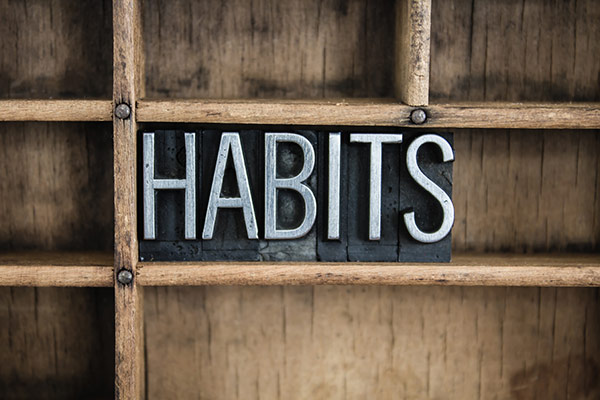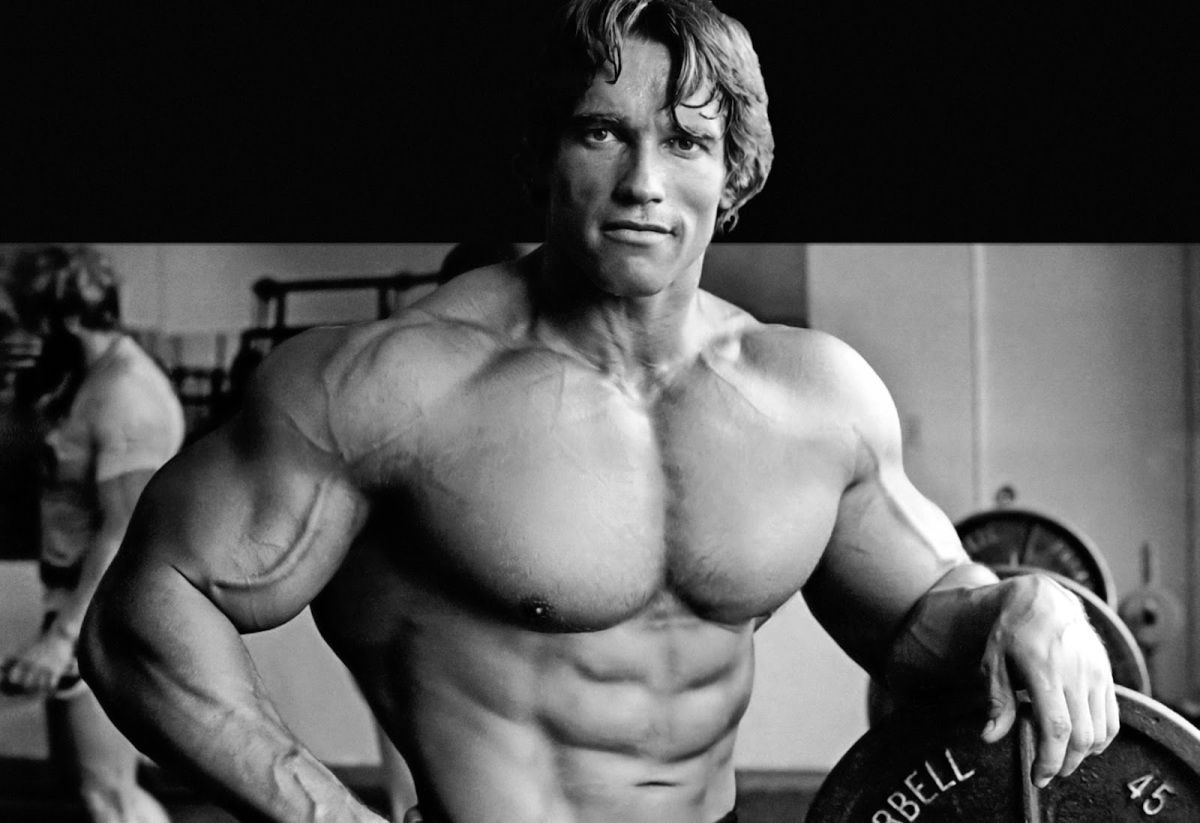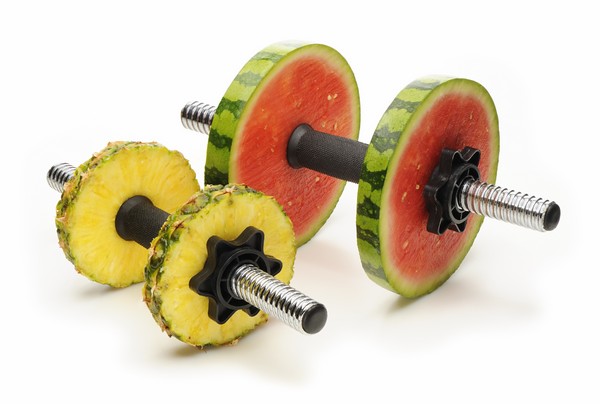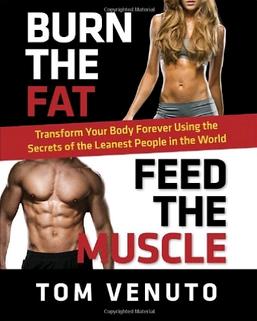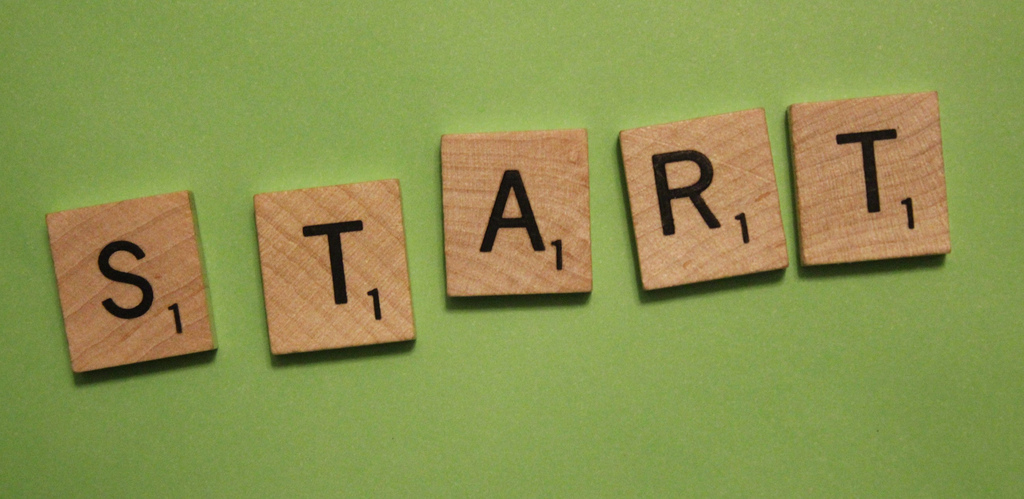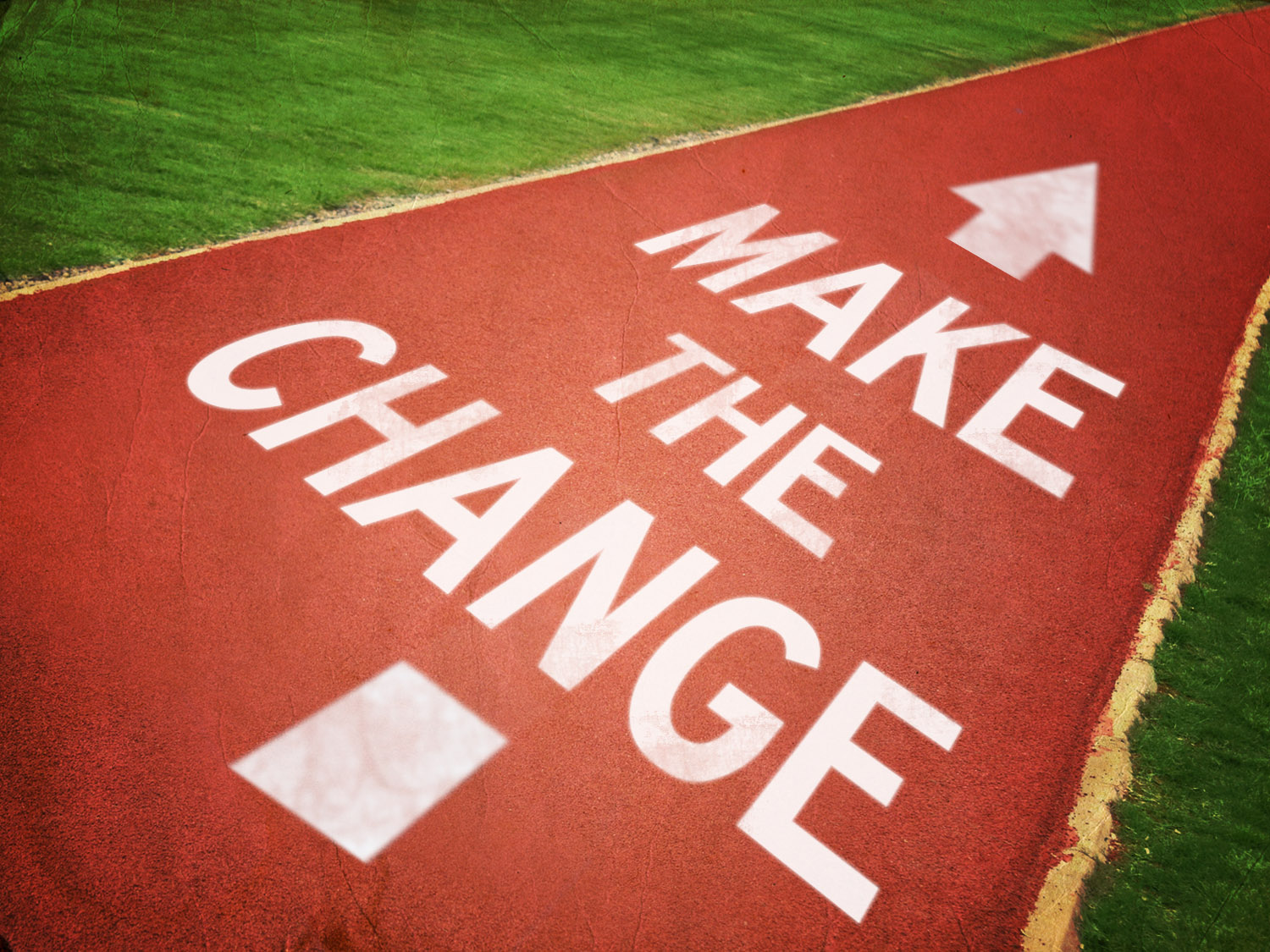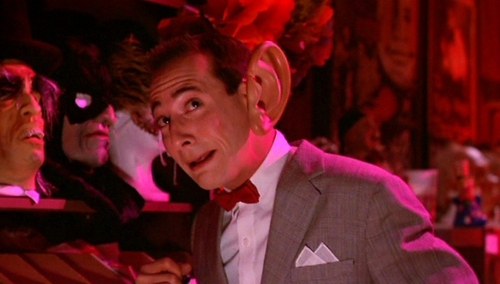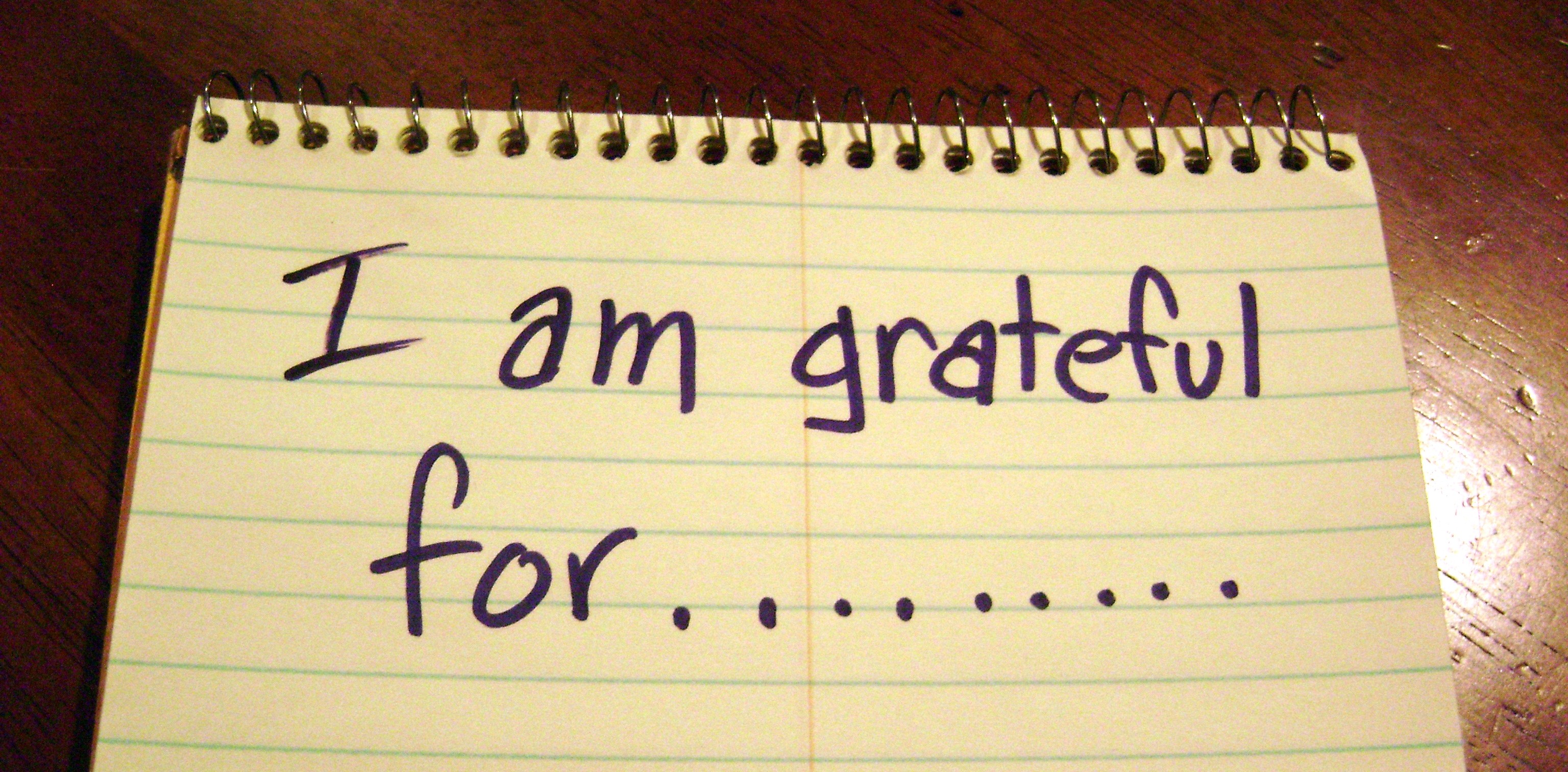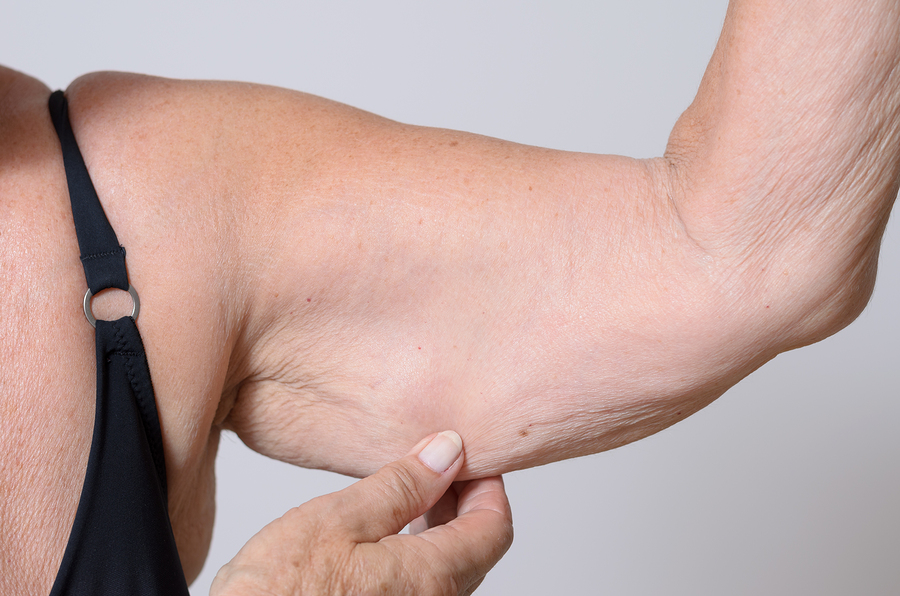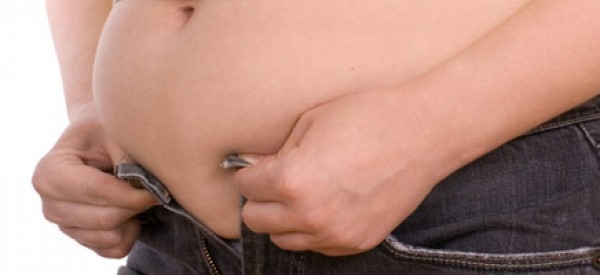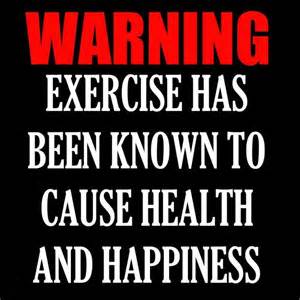
Hopefully you have some muscle soreness that hurts SO good from last week’s strength training sessions. And since we’ve recently launched our second pillar for better health & vitality by adding the healthy habit of exercise to our routine, get used to the feeling.
If it’s new to you and you’re not sure, give it time. This feeling of muscle soreness will become something you’ll look forward to and appreciate in the future.
It’s Month 2, Week 2 of our 6 Pillars program. You’re drinking a lot of water and racking up extra steps from additional trips to the bathroom. And yet you’re still coming back for more.
I commend you on your interest and determination!
You can work through the soreness with another strength training session, which will help to kill the pain, while you integrate some cardio exercise into your next workout.
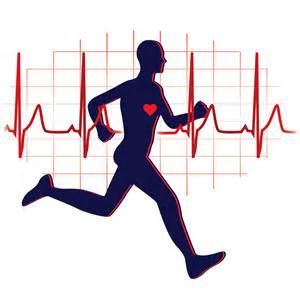 That’s right!
That’s right!
It’s no surprise that cardio is our second type of exercise.
So let’s start by getting clear about what cardio “is”.
Cardiovascular exercise (aka cardio or aerobic exercise) is any exercise that gets your heart rate up, and keeps it elevated for a significant amount of time. Cardio improves fitness by increasing your oxygen intake and heart rate. Cardio exercise promotes increased use of oxygen in order to improve the overall body condition.
According to Wikipedia, aerobic exercise is physical exercise of low to high intensity that depends primarily on the aerobic energy-generating process.
Aerobic literally means “relating to, involving, or requiring free oxygen” and refers to the use of oxygen to adequately meet energy demands during exercise. Generally, light-to-moderate intensity activities that are sufficiently supported by aerobic metabolism can be performed for extended periods of time.
Dr. Kenneth Cooper was the first person to introduce the concept of aerobic exercise. In the 1960s, Cooper started research into preventive medicine. He became intrigued by the belief that exercise can preserve one’s health.
Cooper is credited with conducting the first extensive research study on aerobic exercise in the 1960s on over 5,000 U.S. Air Force personnel. In 1970 he created his own institute (the Cooper Institute) for non-profit research and education devoted to preventive medicine. He sparked millions into becoming active and is now known as the “father of aerobics”.
What is considered cardio exercise?
- Running and walking (briskly) – outside or on a treadmill or elliptical
- Cycling – outside or on stationary or spin bikes
- Stair-climbing / stepping – stadium stairs or the newer stair-climbing machines
- Swimming – known as one of the best exercises you can do
- Kickboxing, jumping rope, and hitting a heavy bag
- Dance, including Zumba
- Games like basketball, soccer, tennis, and the lower intense game of table tennis
- Hiking and mountain biking
What doesn’t count? I strongly suggest that you avoid the exercise gimmicks that are sold on TV. You know the ones that have great looking fitness models who claim that using this supposed “gadget” is how they got into such great shape, in only 5 minutes a day.
Does anyone believe this?
It’s important to get the heart pumping, the blood flowing, the lungs breathing, and the sweat dripping. I can’t admit to loving my intense cardio sessions while I am at the beginning or even halfway through. But when it’s over I feel great. And it’s that combined feeling of euphoria with a sense of accomplishment and the long-term results that keep me coming back for more.
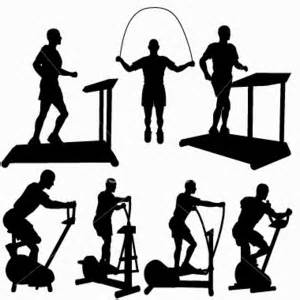
I firmly believe that intensity matters with exercise. Once your doctor approves you for exercise and you’ve spent a few months building up your strength and endurance, it’s time to add intensity to your strength training and cardio exercise sessions.
As your intensity level increases, the length of time you need to spend exercising can be reduced.
High intensity interval training (HIIT) has become a popular form of cardio training in recent years. HIIT involves alternating intensity levels during aerobic exercise.
For example, during HIIT, you increase the resistance or your speed for 2 minutes, which increases your intensity and heart rate.
Then you reduce it to a more moderate intensity with less resistance or speed for 1 minute, which helps you recover and slightly reduces your heart rate.
You can do this manually, or by selecting the “interval” option on many of the new cardio exercise machines.
I’d rather spend 30 to 40 minutes at a ‘moderate to high intensity’ level than 60 or more minutes at a lower one. Wouldn’t you?
I personally strive for 2 serious cardio sessions every week, plus 2 to 3 strength. It used to be 3 to 4 cardio sessions and 1 to 2 strength, but I was burning too many calories, which was causing me to lose lean muscle. But losing muscle is not the goal, so I changed the ratio.
I also incorporate cardio exercise into my strength training sessions. I do this with a heart-pounding 10 to 15-minute warm-up before lifting. Or 5 to 15 minutes of rope. And sometimes I’ll squeeze in a few sets of hitting the heavy bag, which elevates the heart rate.
And by incorporating “super-sets” when I lift, I’m automatically including cardio into my strength training sessions.
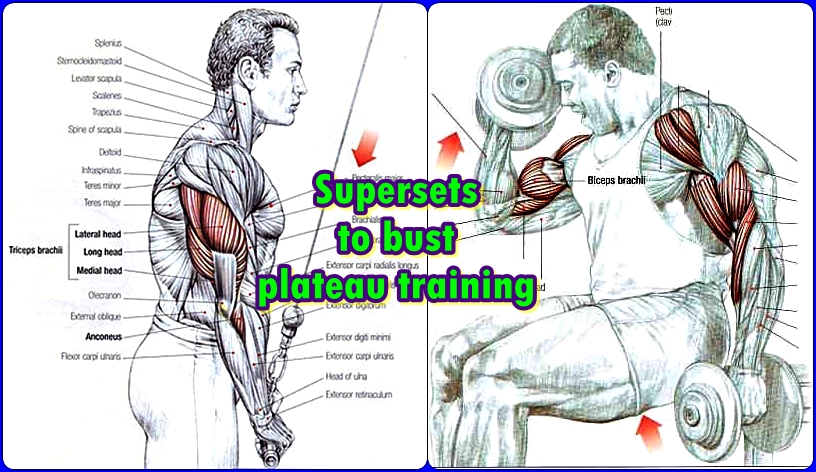
Super-sets are a way to maximize your time by performing 2 or more different exercises of different muscle groups with very little to no rest in between.
For example, one super-set could consist of a set of bench presses, bar curls, dumbbell fly’s, and reverse curls without resting between each exercise. You rest when you’re done with those 4 different exercises. Then you do it again for a couple more sets.
The alternative would be one set of bench presses and rest. A second set of bench presses and rest. A third set of bench presses and rest. Next, a set of bar curls and rest…
You get the point. A lot of resting and wasted time when you could be doing something else.
Although we introduced strength training last week, the point here is to illustrate how super-setting can add a cardio component to your strength training sessions by keeping your heart rate up. In my book, that’s another form of intensity that makes a difference!
Zumba has become a popular cardio routine for the ladies. I can’t personally comment on the benefits of Zumba because I have never participated in a class. But from what I’ve seen, I’m not convinced that you’re going to burn a lot of calories.
However, if it’s fun and gets you moving, then it’s a good thing to include in your workouts. As long as it’s not the only thing you do. Add a couple strength training sessions and other forms of cardio to the mix and you’ll be happy with the long-term results.
Spin on the other hand, will burn a lot of calories. When you adjust the resistance and change your speed, and go at it with intensity, you’ll have an invigorating, heart-pumping session that leaves you drenched and satisfied. It’s a great leg workout too.
My go to cardio workout is the Octane elliptical. The “interval” option mixes 2 minutes of higher resistance which kicks up the intensity, with 2 minutes of lower resistance.
This is a form of HIIT mentioned earlier. The reduced resistance gives you time to catch your breath and bring your heart rate down a couple ticks before it’s time to kick it up again.
It’s a great workout that burns a lot of calories in a 35-minute session when you really go for it.
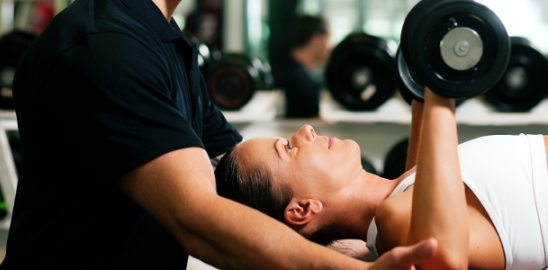
I’d like to re-emphasize a point I made last week.
You should seriously consider hiring a personal trainer. Especially if exercise is new to you. Or of you’re out of shape and it’s been a while since you’ve exercised. Even if it’s only for a few sessions.
Or at a minimum, ask the gym staff for assistance and recommendations. These men and women are trained professionals who can help you identify the right exercises based on your fitness level and goals.
You’ll learn how to use machines that may seem foreign or complex, and how to perform new exercises while executing proper form.
I found this fact interesting and wanted to share: 1kg of muscle burns 50 extra calories a day, whereas 1kg of fat burns just 3 calories a day. More proof that lean muscle is your friend.
Let me see if I can help you understand the value of cardio by ending this post with a list of (some of) the benefits.
Cardio exercise:
- Increases energy
- Strengthens your heart
- Improves lung capacity and strengthens your lungs
- Boosts metabolism, burns calories, and helps you lose weight
- Helps reduce stress
- Promotes restful sleep
- Lowers your blood pressure
- Reduces LDL bad cholesterol, and boosts HDL good cholesterol
If you haven’t started your exercise program, you need to, while you continue to reinforce your water habit. Remember, we’re deliberately building one habit at a time. There are only 6, and we’re on number 2. Find a way to weave these into your day. It’s up to you to make it happen!
Congratulations to Scott Compher! Scott is a member of our 6 Pillars “pilot” program who lost 10 pounds during our first month.
Evidence that small changes can make a BIG difference if you do the work. If you stay committed and focused on your goal by building these 6 habits, your results will show up too…
Thank you for sharing your time with me. I hope you found value.
Now it’s time for YOU to take action…
What’s your Win to be Thin? Leave a comment below.
Click here to subscribe. You’ll receive an email with a link to each new post. And if you know someone that can benefit from this content, please share it with them.
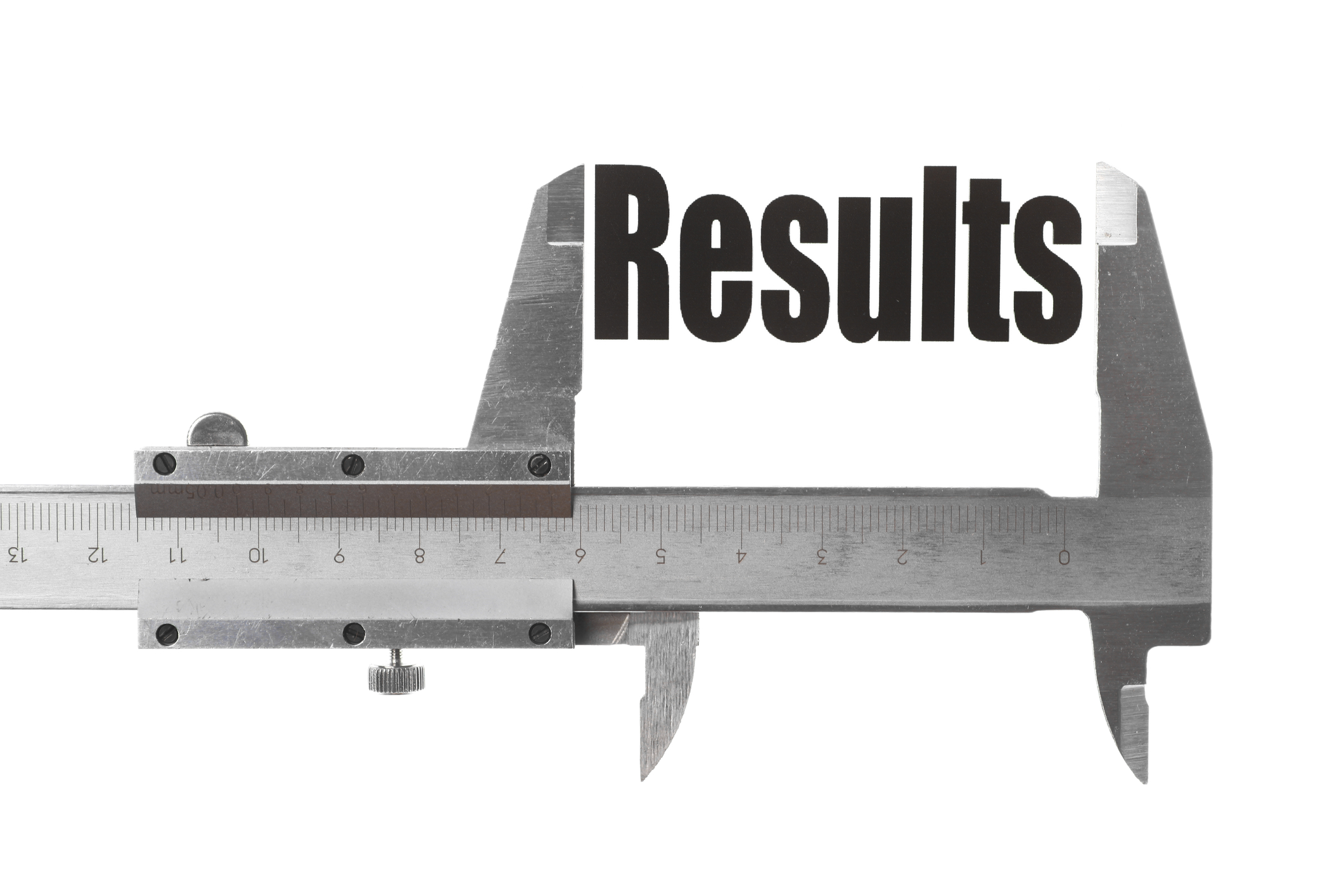 The most important point here is to get moving.
The most important point here is to get moving.
